Home>Garden Essentials>How Long Does It Take Sorghum Sudan Grass To Germinate
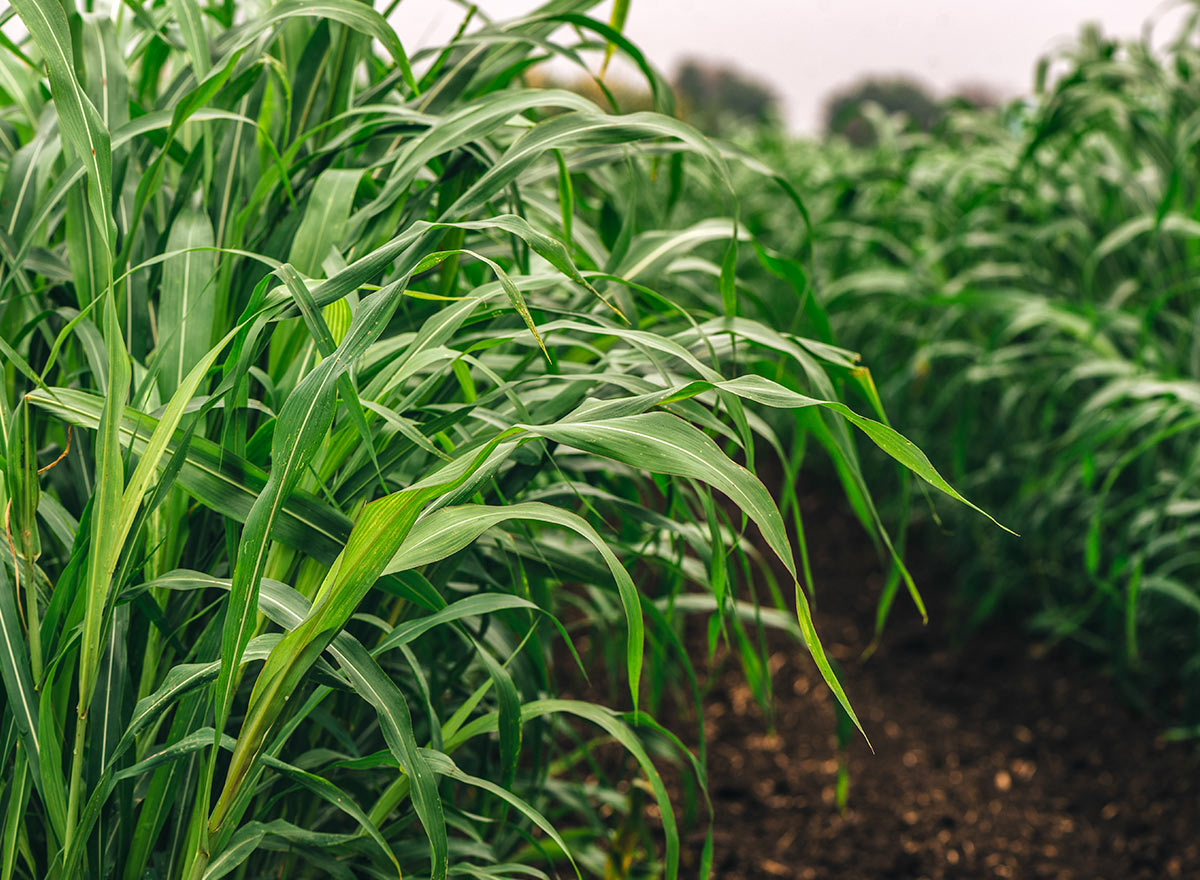

Garden Essentials
How Long Does It Take Sorghum Sudan Grass To Germinate
Modified: March 16, 2024
Learn how long it takes for sorghum sudangrass seeds to germinate in your garden. Increase your gardening knowledge with our informative guide.
(Many of the links in this article redirect to a specific reviewed product. Your purchase of these products through affiliate links helps to generate commission for Storables.com, at no extra cost. Learn more)
Introduction
Gardening enthusiasts often turn to sorghum sudangrass when seeking a versatile and resilient addition to their outdoor spaces. This warm-season annual grass is known for its ability to withstand tough conditions, making it a popular choice for forage, cover cropping, erosion control, and even biofuel production. One important aspect of cultivating sorghum sudangrass is understanding its germination process and the factors that can influence it.
Germination is the process by which a seed begins to grow into a new plant. It is a critical phase in the plant’s life cycle, as it determines whether the seed will successfully develop into a healthy plant. Understanding the factors that affect sorghum sudangrass germination and how to optimize these conditions can greatly improve the success rate of growing this versatile grass.
In this article, we will explore the various factors that can influence sorghum sudangrass germination, the optimal conditions for its germination, the typical germination time, and techniques to enhance germination. With this knowledge, you’ll be better equipped to cultivate sorghum sudangrass successfully in your garden or agricultural plots.
So, let’s delve into the factors that affect sorghum sudangrass germination.
Key Takeaways:
- Understanding the factors like temperature, moisture, soil quality, and seed quality can greatly improve the success of growing sorghum sudangrass in your garden.
- Employing techniques like seed scarification, pre-soaking seeds, seed treatment, stratification, consistent irrigation, and weed control can enhance the germination of sorghum sudangrass seeds for a thriving crop.
Read more: How Long Does It Take Sorghum To Germinate
Factors Affecting Sorghum Sudangrass Germination
Several factors can significantly impact the germination of sorghum sudangrass seeds. Understanding these factors will help you create the optimal conditions for successful germination. Here are the key factors to consider:
- Temperature: Temperature plays a crucial role in sorghum sudangrass germination. The ideal temperature range for germination is between 65°F and 85°F (18°C to 29°C). Higher temperatures can speed up germination, but exceeding 95°F (35°C) can hinder the process. It’s important to monitor the temperature during germination to ensure it remains within the ideal range.
- Moisture: Adequate moisture is essential for sorghum sudangrass seeds to germinate. The seeds should be consistently moist but not waterlogged. Excessive moisture can lead to rotting, while insufficient moisture can delay or inhibit germination. It’s crucial to strike the right balance by watering the soil regularly and monitoring moisture levels.
- Soil Quality: The quality of the soil directly affects germination. Well-draining soil with good moisture retention is optimal for sorghum sudangrass germination. Ensure the soil is loose and free from any debris or clumps that can impede seed growth. Additionally, testing and amending the soil’s pH levels can help create an ideal environment for germination.
- Light: Unlike some seeds that require light to germinate, sorghum sudangrass seeds are indifferent to light conditions. They can germinate equally well in both light and dark environments. This makes sorghum sudangrass a versatile option for various growing conditions and allows for flexibility in planting locations.
- Seed Quality: The quality of the sorghum sudangrass seeds can impact germination. It’s essential to obtain high-quality seeds from reputable sources. Ensure that the seeds are fresh and free from any diseases or pests. Taking proper care of the seeds, including storing them in cool and dry conditions, will help maintain their viability for germination.
By understanding and managing these factors, you can significantly increase the likelihood of successful sorghum sudangrass germination. Now, let’s move on to the optimal conditions required for germination.
Optimal Conditions for Sorghum Sudangrass Germination
To ensure successful germination of sorghum sudangrass seeds, it’s crucial to create optimal conditions that promote seedling growth. Here’s a breakdown of the optimal conditions required for sorghum sudangrass germination:
- Temperature: As mentioned earlier, sorghum sudangrass seeds germinate best in a temperature range of 65°F to 85°F (18°C to 29°C). This temperature range provides the ideal conditions for the seeds to break dormancy and initiate growth. It’s important to maintain a consistent temperature within this range to promote successful germination.
- Moisture: Adequate moisture is essential for sorghum sudangrass germination. It’s recommended to keep the soil consistently moist, but not waterlogged, during the germination period. This can be achieved by watering the soil regularly or using techniques like drip irrigation to ensure a consistent moisture level. However, be careful not to overwater, as it can lead to rotting of the seeds.
- Soil Quality: Optimal soil conditions are crucial for germination success. Sorghum sudangrass prefers well-draining soil with good moisture retention. Loamy or sandy soils with a pH range of 6.0 to 7.5 provide ideal conditions for germination. If your soil is heavy or clay-like, incorporating organic matter or using raised beds can improve drainage and create a more favorable environment for germination.
- Planting Depth: The planting depth of sorghum sudangrass seeds also affects germination. The recommended planting depth is around 1/4 to 1/2 inch (0.6 to 1.3 cm). Planting too shallow may expose the seeds to drying out, while planting too deep can hinder emergence. Aim to plant the seeds at a depth where they are adequately covered but not buried too far beneath the soil surface.
- Timing: Choosing the right time to plant sorghum sudangrass seeds is crucial for successful germination. As a warm-season grass, it thrives in temperatures above 60°F (15°C). It’s best to wait until the soil has warmed up in spring before planting the seeds. This will provide optimal conditions for germination and seedling growth.
By ensuring these optimal conditions, you can significantly increase the chances of successful germination and establish a healthy sorghum sudangrass crop. In the next section, we’ll explore the typical germination time for sorghum sudangrass.
Sorghum-Sudangrass typically germinates within 7-10 days when soil temperature is around 65-75°F. Keep soil consistently moist for best results.
Germination Time for Sorghum Sudangrass
When planting sorghum sudangrass seeds, it’s helpful to have an understanding of the typical germination time. Germination time refers to the duration it takes for the seeds to break dormancy, absorb moisture, and sprout to form seedlings. The germination time for sorghum sudangrass can vary depending on several factors, including the environmental conditions and the quality of the seeds.
On average, sorghum sudangrass seeds take about 7 to 10 days to germinate. However, it’s essential to note that germination time can range from 5 to 14 days, depending on the circumstances. Some seeds may germinate earlier, while others may take longer, depending on factors such as temperature, moisture, and soil conditions.
While waiting for germination, it’s crucial to maintain the optimal conditions discussed earlier. Regularly check the soil moisture and ensure it remains consistently moist, but not overly saturated. Monitor the temperature to ensure it remains within the ideal range of 65°F to 85°F (18°C to 29°C). By providing the necessary conditions, you can help expedite the germination process and ensure successful seedling emergence.
It’s important to exercise patience during the germination period and avoid disturbing the soil or checking for germination too frequently. Constant disturbance can disrupt the germination process and potentially damage the emerging seedlings. Instead, check the soil moisture regularly and be observant for any signs of seedling emergence once the estimated germination time has passed.
Understanding the typical germination time for sorghum sudangrass allows you to plan and manage your gardening or agricultural activities more effectively. In the next section, we’ll discuss techniques you can employ to enhance the germination of sorghum sudangrass seeds.
Techniques for Enhancing Germination of Sorghum Sudangrass
To improve the germination of sorghum sudangrass seeds and increase the success rate of seedling establishment, there are several techniques you can employ. These techniques focus on creating optimal conditions for germination and providing the necessary care for the seeds. Here are some effective techniques to enhance the germination of sorghum sudangrass:
- Seed Scarification: Sorghum sudangrass seeds have hard shells or seed coats that can sometimes hinder germination. Seed scarification, which involves mechanically breaking or weakening the seed coat, can help speed up germination. This can be done by gently nicking the seed coat with a file or sandpaper or by soaking the seeds in warm water overnight before planting.
- Pre-soaking the Seeds: Pre-soaking the sorghum sudangrass seeds before planting can help ensure they are fully hydrated and ready to germinate. Soak the seeds in water for about 12 to 24 hours prior to planting. This process softens the seed coat and promotes faster germination.
- Seed Treatment: Treating the seeds with a fungicide or a microbial inoculant can help protect them from diseases and increase germination rates. Follow the instructions provided with the product for proper seed treatment techniques.
- Stratification: Some sorghum sudangrass varieties may benefit from a period of cold stratification to break dormancy and improve germination rates. Place the seeds in a sealed container with a moist paper towel and refrigerate them for a few weeks before planting. This cold stratification mimics the natural winter conditions, prompting the seeds to break dormancy and germinate more readily.
- Consistent Irrigation: Maintaining consistent moisture levels is crucial for sorghum sudangrass germination. Irrigate the soil regularly to keep it consistently moist but not waterlogged. Drip irrigation or using a soaker hose can help provide a steady and controlled water supply to the seeds.
- Weed Control: Managing weeds in the germination area is important to prevent competition for resources and ensure the sorghum sudangrass seeds have the best chance to germinate and establish. Keep the area around the seeds weed-free through manual removal or the use of mulch.
By employing these techniques, you can enhance the germination of sorghum sudangrass seeds and set the stage for successful growth and development of healthy seedlings. With proper care and attention, you’ll be on your way to a thriving sorghum sudangrass crop.
Now that we’ve covered techniques to enhance germination, let’s conclude our discussion on sorghum sudangrass germination in the next section.
Conclusion
Understanding the germination process of sorghum sudangrass is essential for successful cultivation. By considering the factors that influence germination, creating optimal conditions, and employing techniques to enhance germination, you can greatly increase the chances of seedling establishment and overall crop success.
Factors such as temperature, moisture, soil quality, and seed quality play significant roles in sorghum sudangrass germination. Maintaining the ideal temperature range of 65°F to 85°F (18°C to 29°C), providing adequate moisture without overwatering, ensuring well-draining soil with good moisture retention, and using high-quality seeds are all crucial for favorable germination outcomes.
Having a general understanding of the typical germination time of sorghum sudangrass, which ranges from 5 to 14 days, allows you to plan and monitor the growth progress. Remember to exercise patience during this period and avoid disturbing the soil unnecessarily, as it can hinder germination and damage emerging seedlings.
Enhancing germination can be achieved through techniques such as seed scarification, pre-soaking seeds, seed treatment, stratification, consistent irrigation, and weed control. These techniques help break seed dormancy, promote hydration, protect against diseases, and create optimal growing conditions for sorghum sudangrass seeds.
By combining your knowledge of sorghum sudangrass germination with proper care and attention, you can successfully establish and nurture a robust crop. Whether you’re incorporating sorghum sudangrass for forage, cover cropping, erosion control, or biofuel production, a healthy and thriving sorghum sudangrass crop will contribute to the overall success and productivity of your garden or agricultural plots.
So, prepare your soil, select top-quality seeds, create optimal conditions, and employ germination-enhancing techniques. With these efforts, you’ll be on your way to a flourishing sorghum sudangrass crop that will beautify your space and provide numerous benefits.
Frequently Asked Questions about How Long Does It Take Sorghum Sudan Grass To Germinate
Was this page helpful?
At Storables.com, we guarantee accurate and reliable information. Our content, validated by Expert Board Contributors, is crafted following stringent Editorial Policies. We're committed to providing you with well-researched, expert-backed insights for all your informational needs.
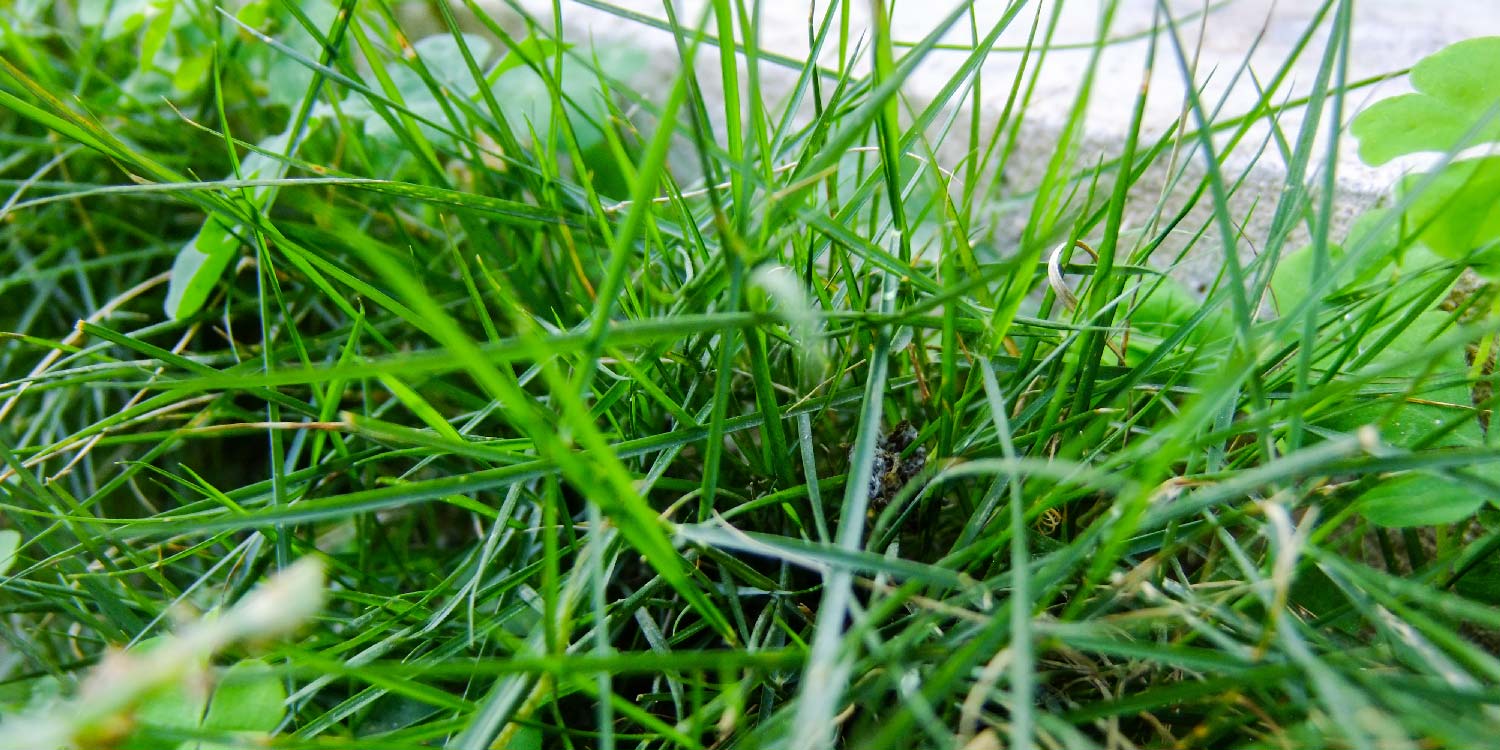
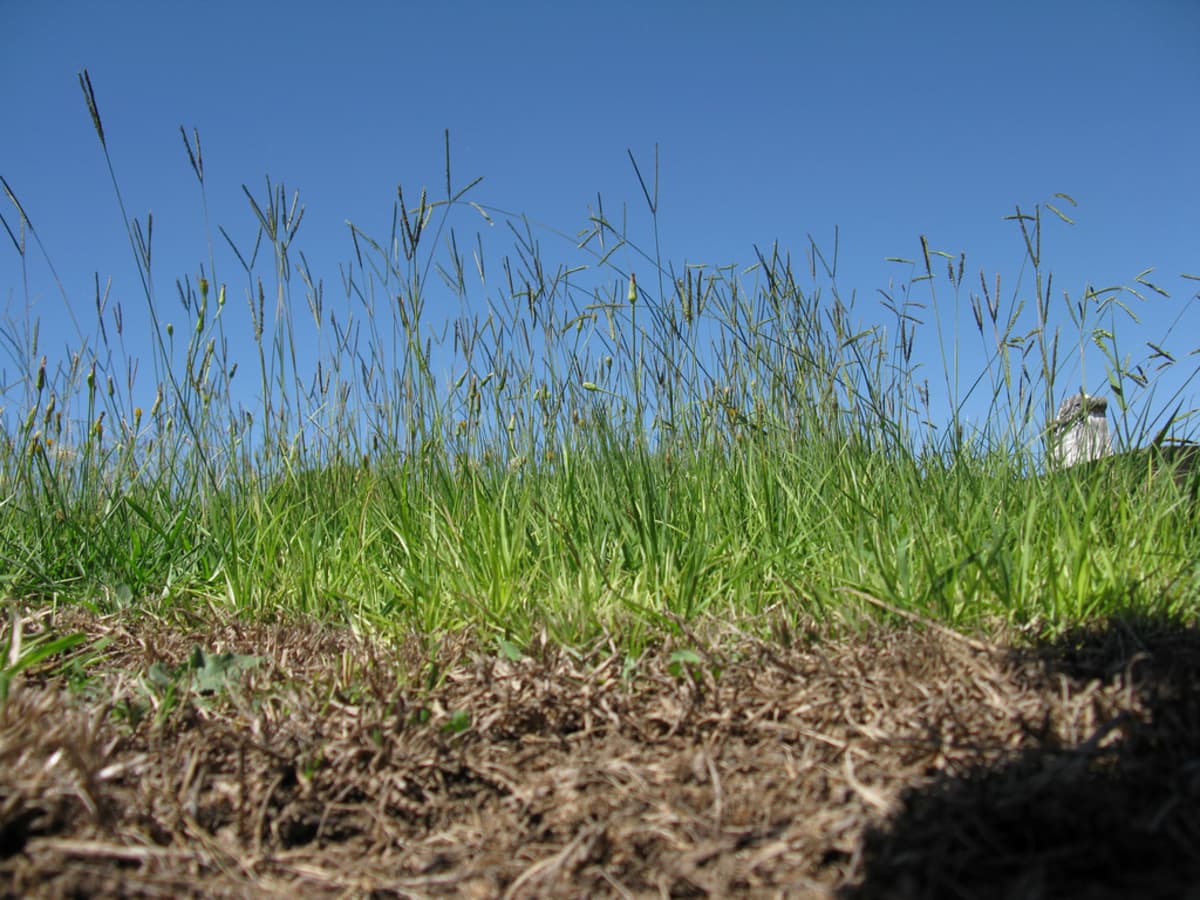
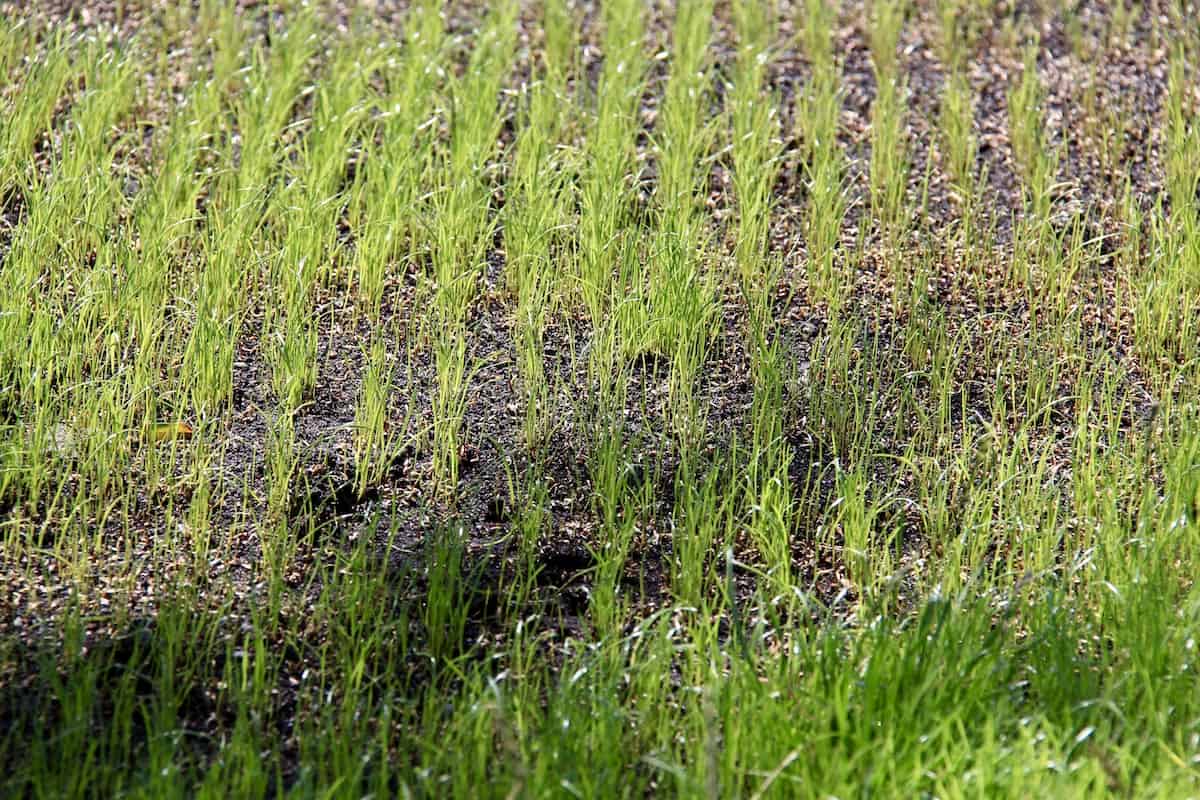
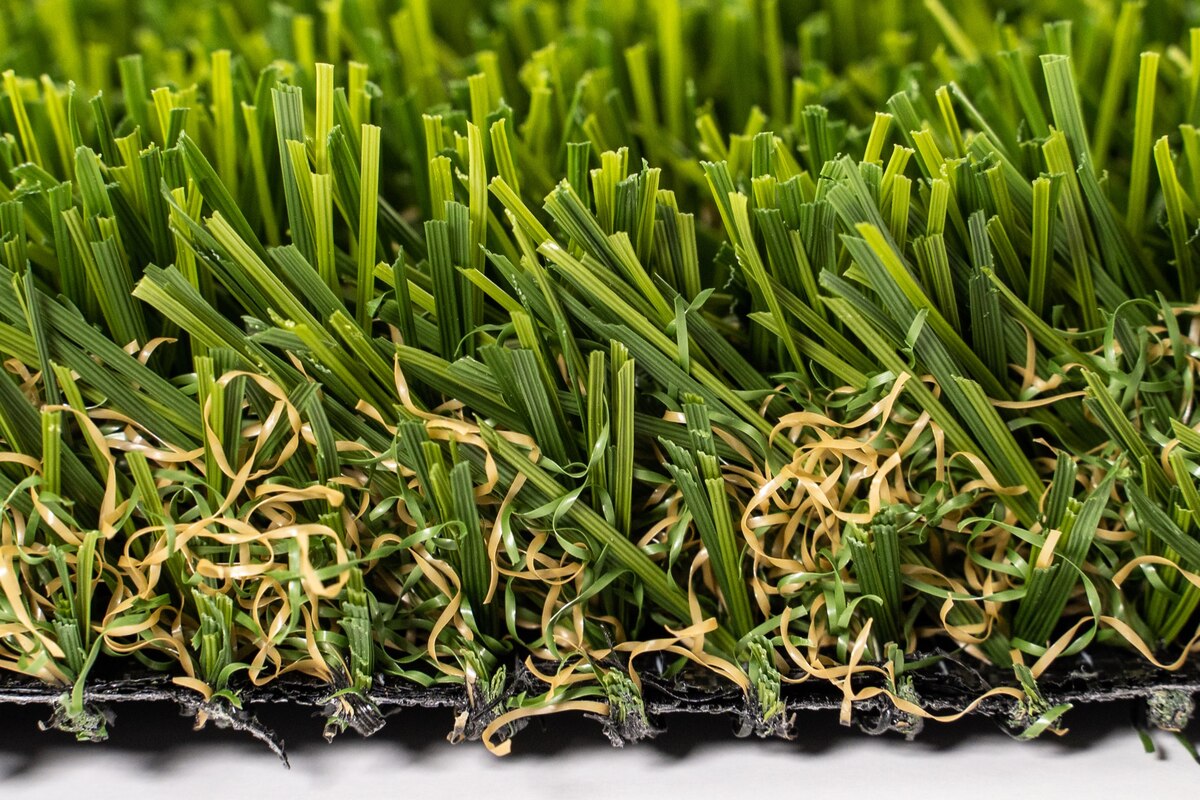
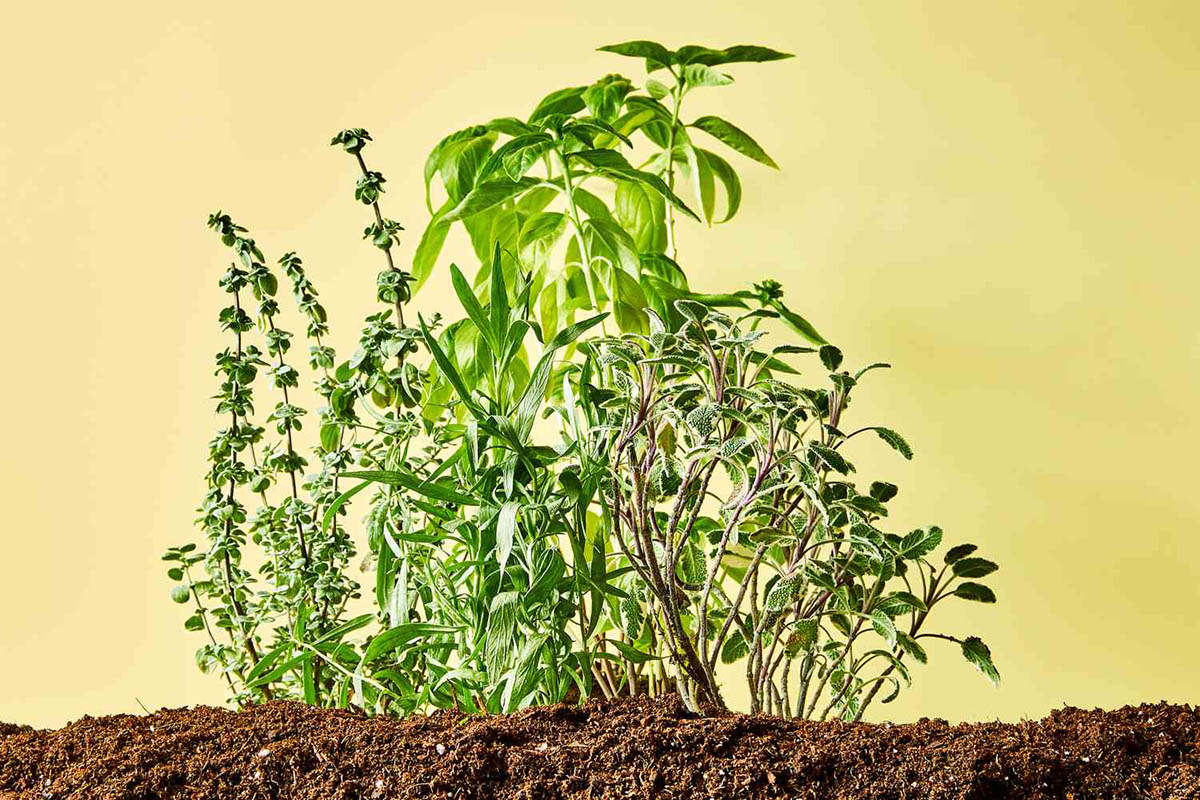
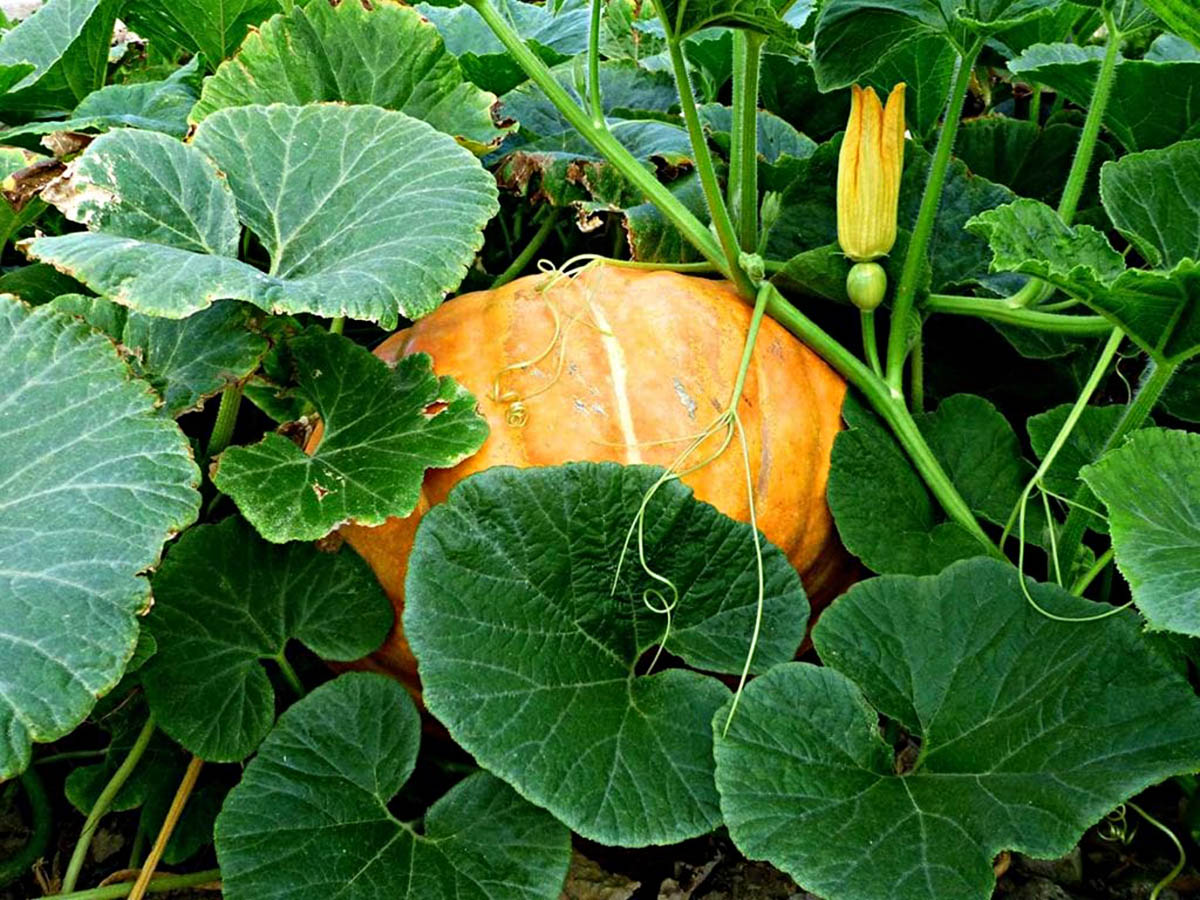
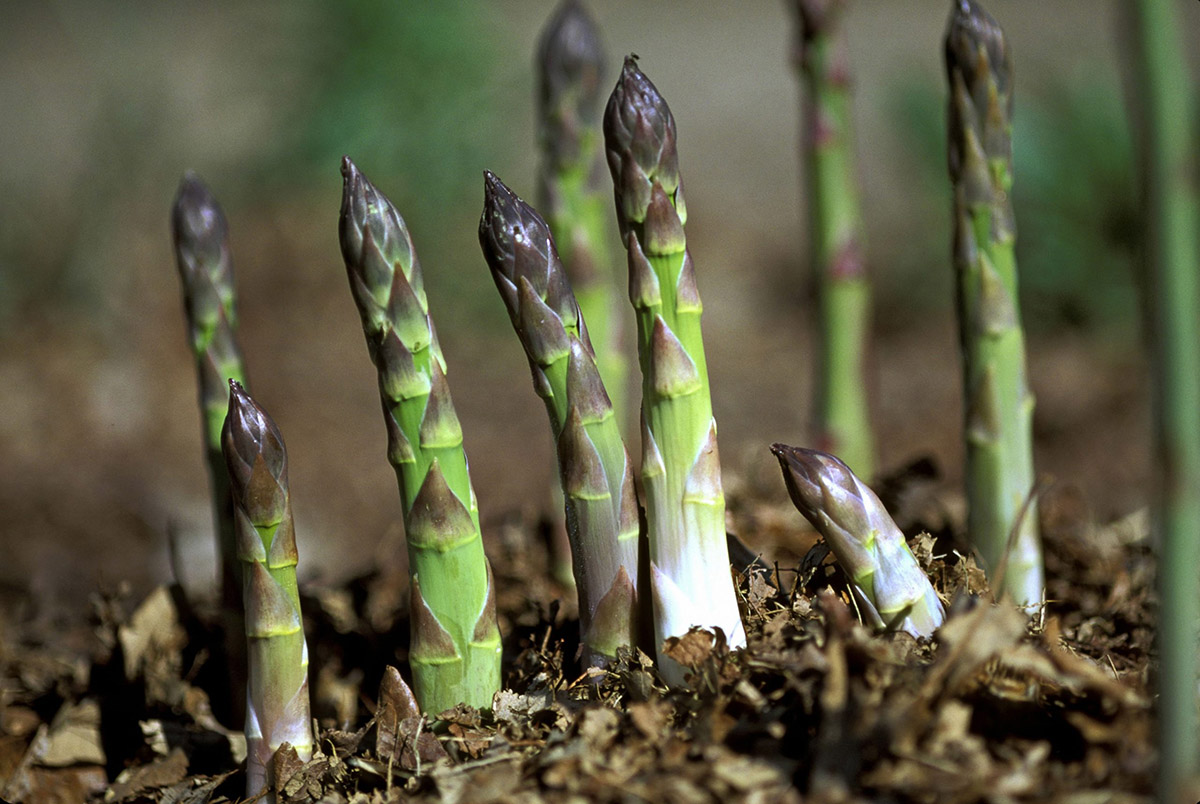
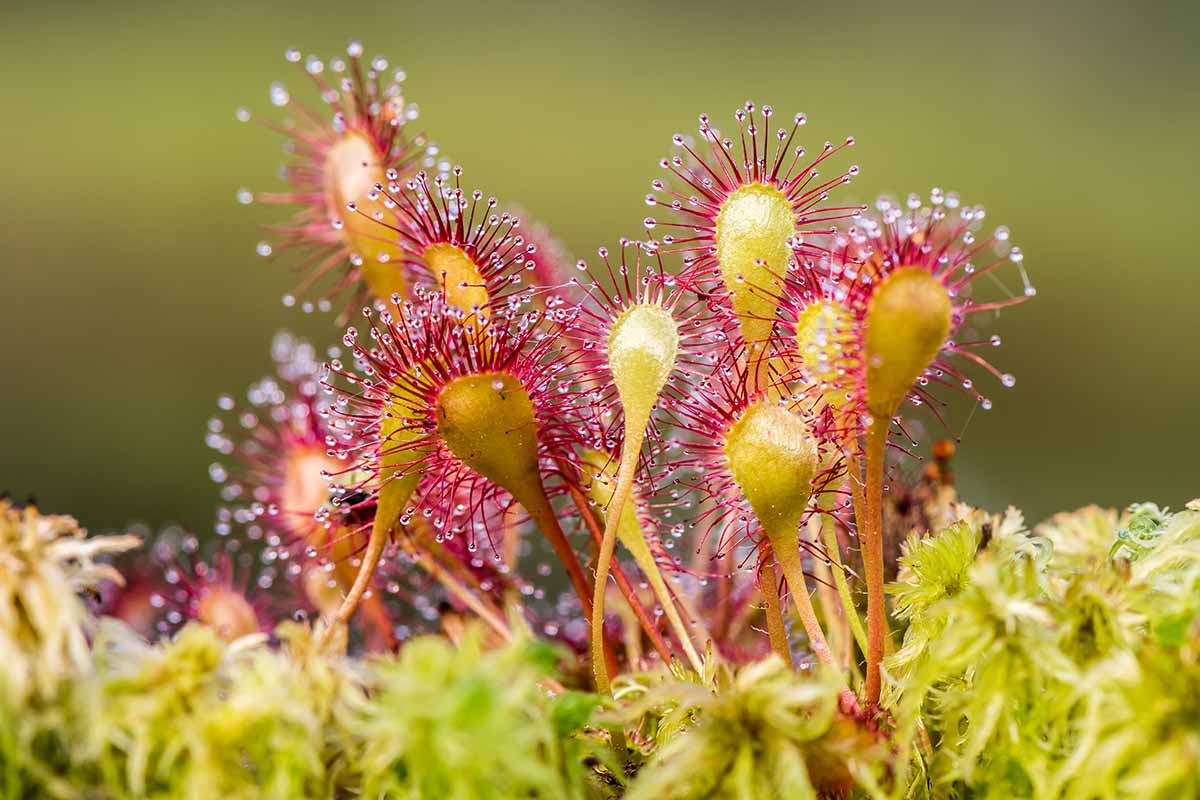
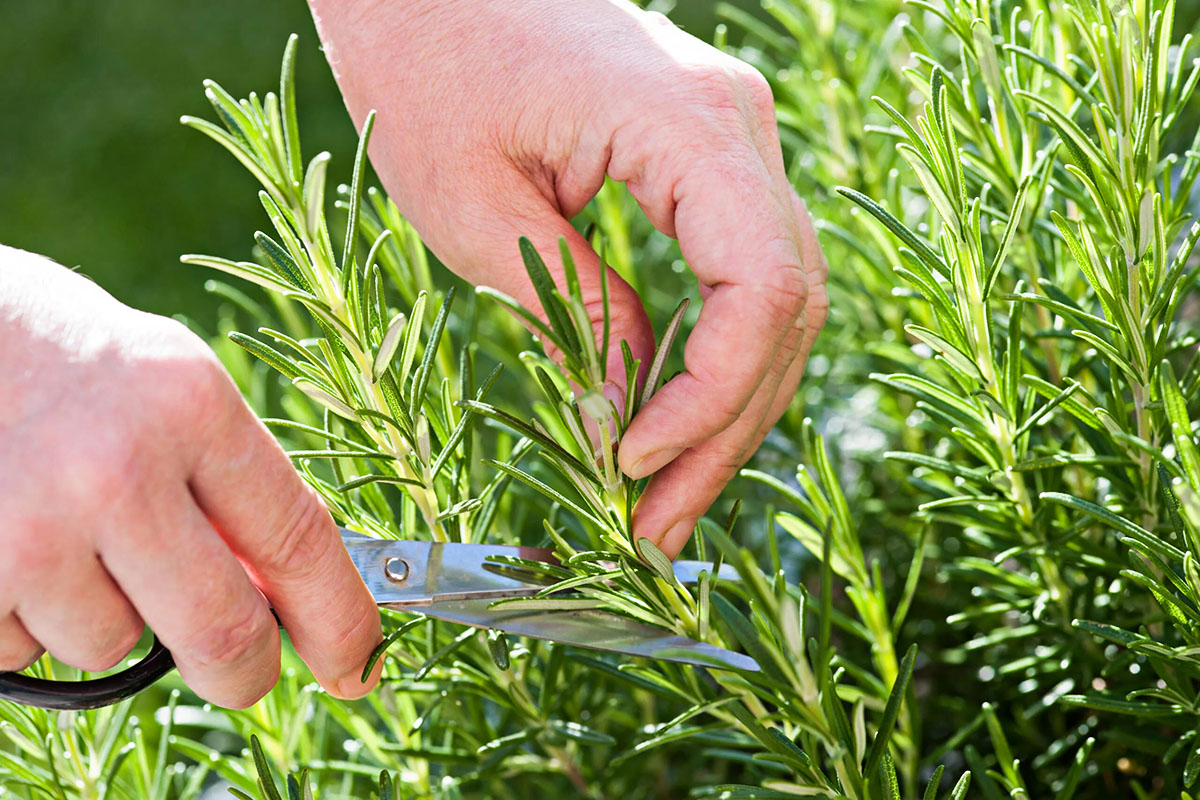

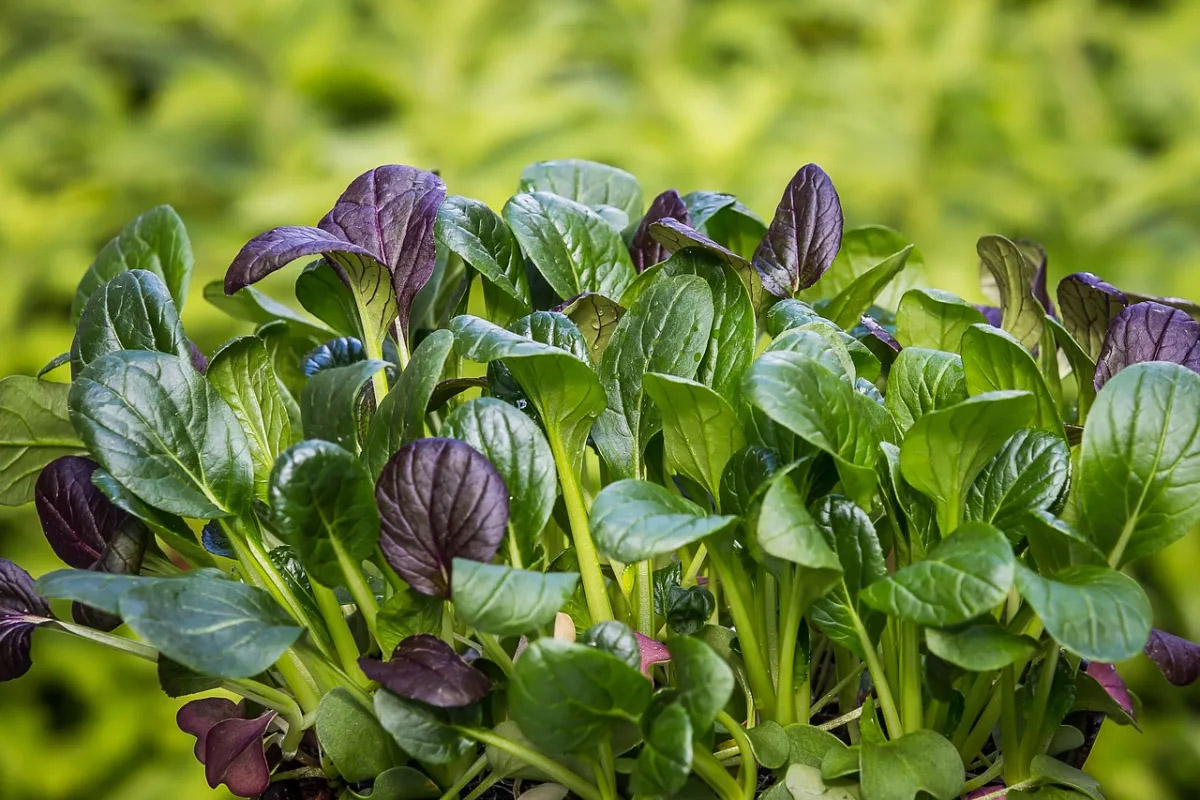
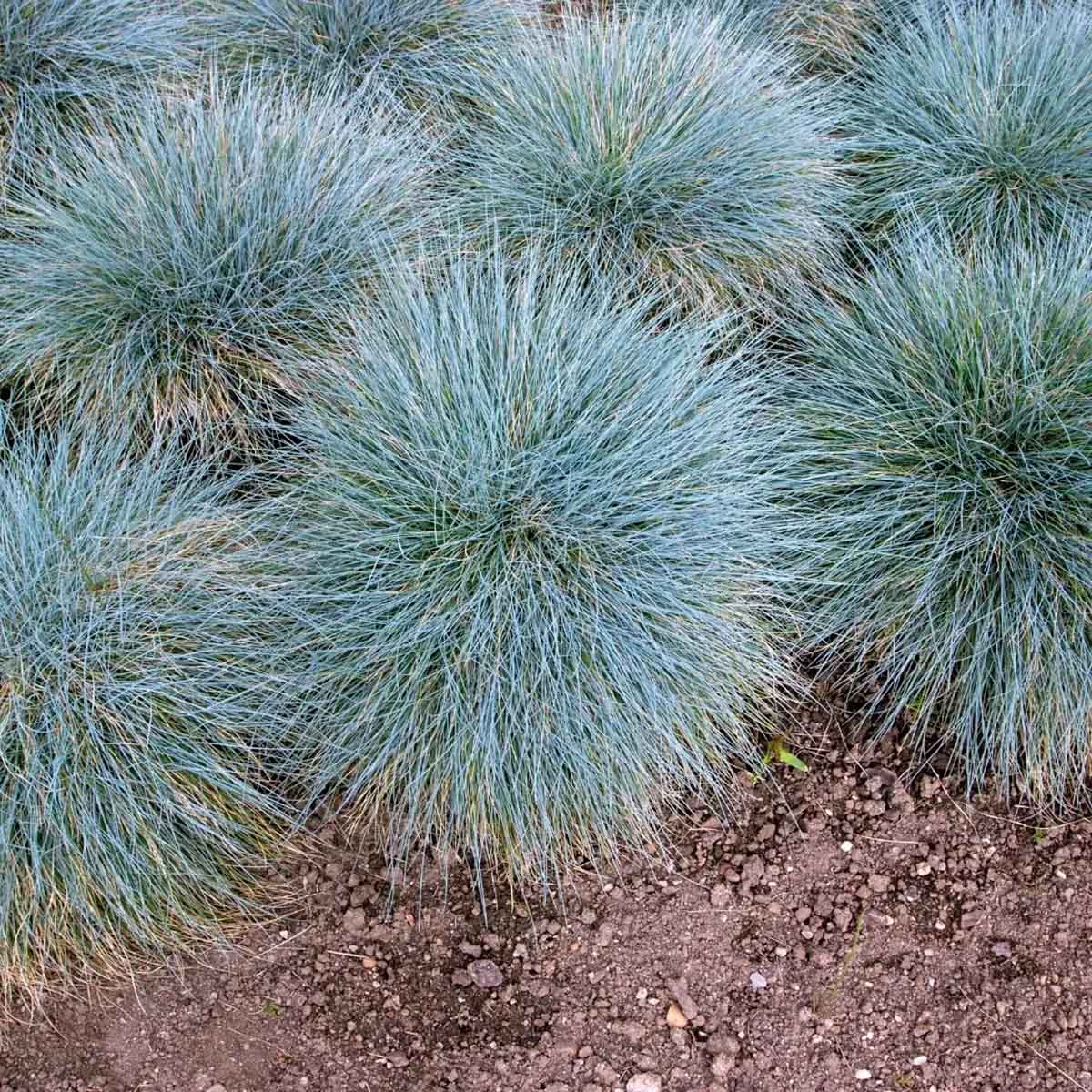
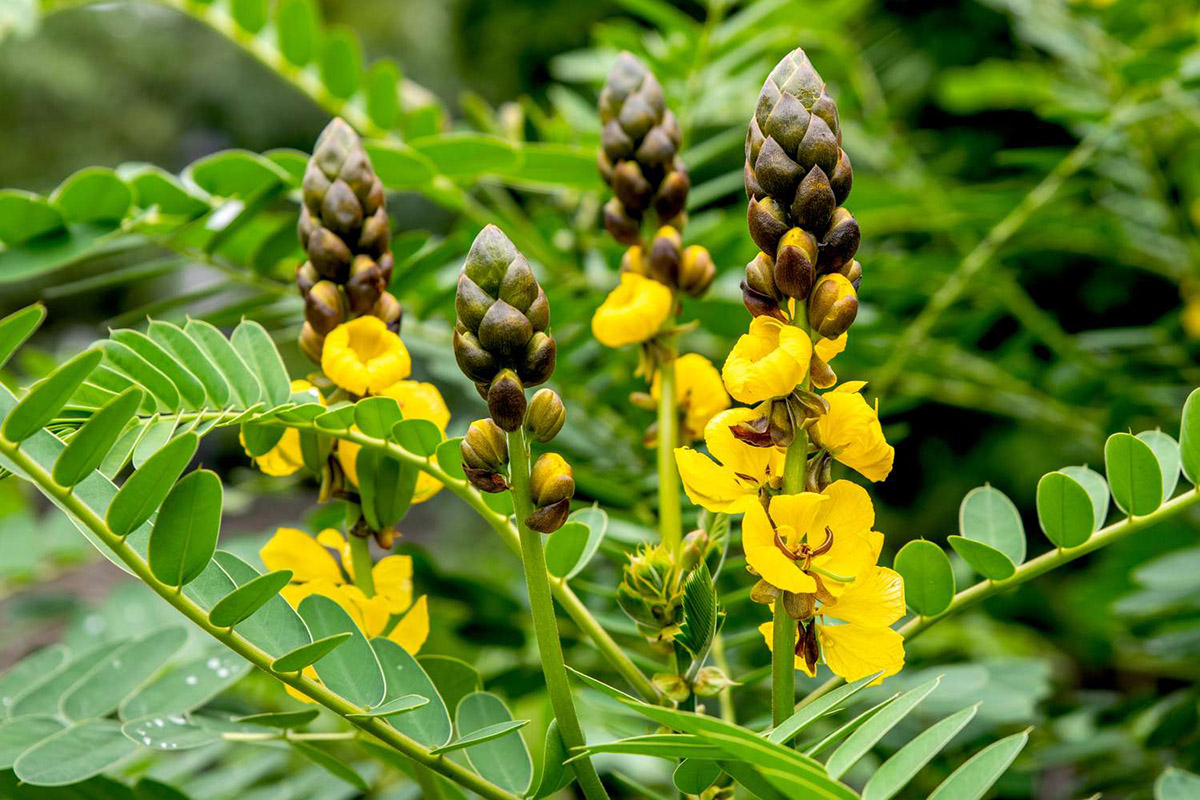


0 thoughts on “How Long Does It Take Sorghum Sudan Grass To Germinate”